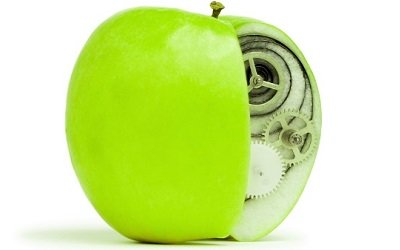Inside BENEO’s new pulse plant: pioneering sustainable protein from faba beans
Maharashtra FDA commissioner Harshdeep Kamble’s recent appeal to food scientists and technologists’ community to work closely with FDA to introduce new ideas and methods for FSSA enforcement, needs to go a step ahead. And should also involve IT technologists as they are going to play a key role in food safety through an emerging sector of food traceability.
Research firm Visiongain has envisaged that the world market for food traceability technologies will reach $11.15 billion this year, an increase of more than a half-billion dollars from the previous year. Another research firm Research Beam, in its latest report ‘Global Food Traceability Report 2015-2019’, has indicated that the food traceability segment would register a CAGR of approximately 9.88% through 2014 to 2019.
When Research Beam is projecting the high growth rate of the segment, there is news about a seafood-tracking phone app which would be the latest in the fast emerging world of food traceability technology. A government grant of $1,75,000 has been given to Gulf of Maine Research Institute in Portland for this project of developing such a tool, most likely in the form of a smartphone application, and it is expected to be released in two years.
Once developed, this application will tell consumers backstory of the fish they are buying while standing in the supermarket with their smartphone. On scanning a code on the fish in a market, the customer would know where the fish was caught, learn the name of the fishing boat and may be even see a picture of the fisherman who reeled it in. That will be the future of buying fish. Once developed, the same technology could be replicated for other products too.
Food traceability will connect retailers, restaurants and customers to the origin and journey of their food to ensure that what they are consuming is safe. FSSAI wants to give licence to or register each and every food business operator (FBO) across the country for the same reason – traceability. Tracing the course of food from its origin to the consumer is important to pinpoint the responsibility in case something goes wrong.
Traceability has more significance for India where an estimated (2013) Rs 44,000 crore worth of food is wasted annually, mostly at harvest and transportation level, on one hand and lakhs of people go to bed without food on the other. When Minister for Food Processing Industries Harsimrat Kaur Badal wants to make food map of India to reduce wastage what she means is identifying the first point of food traceability. Making the map dynamic using technology will help policy and decision makers to get real time info for taking quick and at the same time correct decisions on food movement.
Indian techies made the country’s software sector a giant in the world by their contribution. The next generation of techies can think of venturing into this area of developing applications for food traceability. From all indications, going to the root of the food and its travel to the plate is a strongly emerging market.

